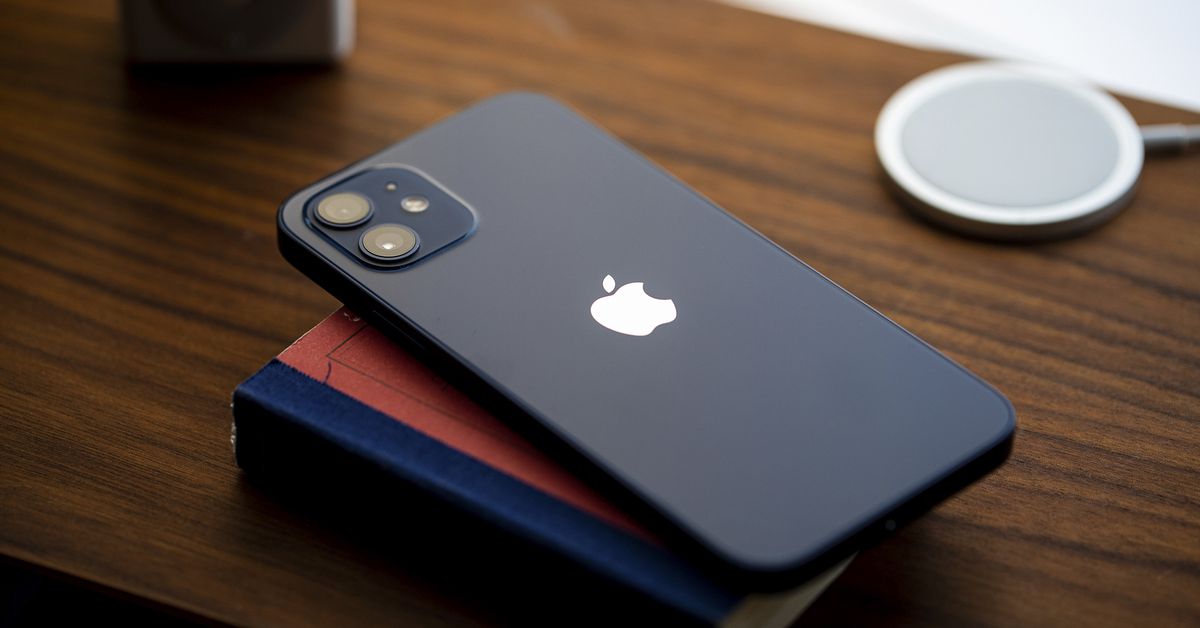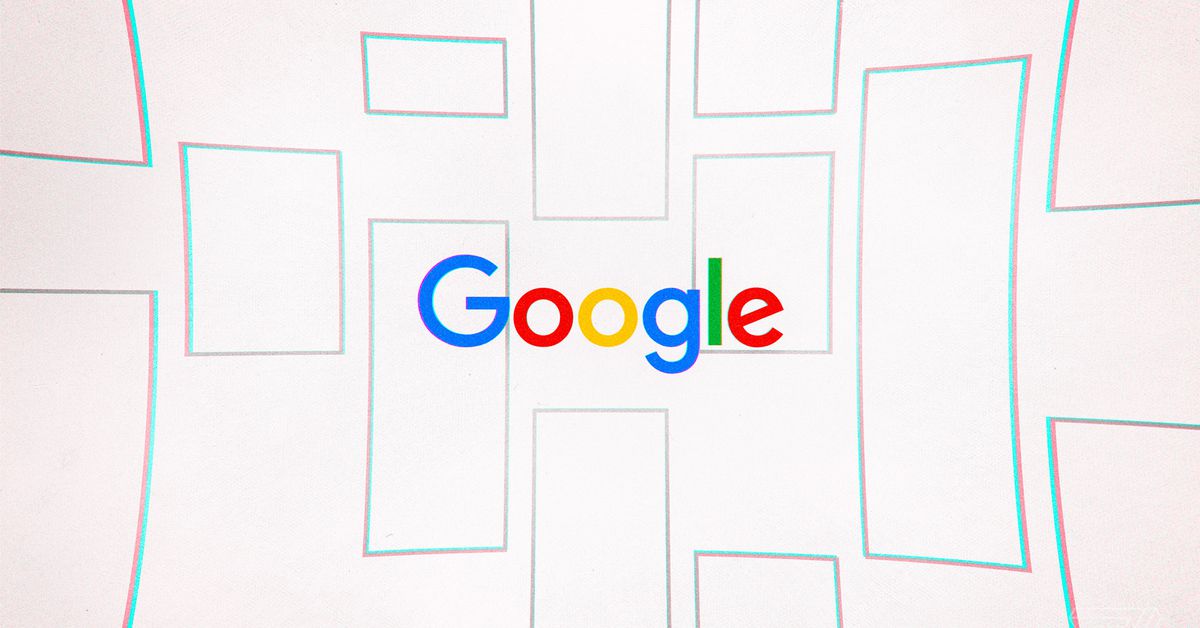This is the best time in a decade to splurge on a premium OLED TV
LG’s G3 OLED hits new brightness highs. | Image: LGLG’s G3 and Samsung’s S95C promise the brightest, most impressive picture we’ve ever seen from OLED TVs — and that’s on top of other advantages like perfect blacks and excellent...
/cdn.vox-cdn.com/uploads/chorus_asset/file/24582446/LG.jpeg)
I’ve been saying this for years and it’s never been more true than right now: you can get a truly excellent TV for well under $1,000. Just take a look at TCL’s 6-Series, Hisense’s U8H, or any number of Vizio sets, and you’ll quickly understand that there’s no need to break the bank for captivating picture quality.
But if you’ve got the money to spend, let me tell you: 2023 is the year to treat yourself to a high-end OLED TV. We’re seeing the convergence of several technology improvements that have led to new highs in brightness, color reproduction, and more impactful HDR than ever before. Competition is also (finally) heating up. Having spent years dominating the OLED TV panel market with no foes in sight, LG Display is now locked in a head-to-head battle with Samsung Display’s still-new QD-OLED technology. And whenever competition ramps up, consumers stand to benefit. Already, we’re seeing QD-OLED panels in products from Samsung Electronics, Sony, and Alienware.
The long-held downside of OLED TVs has been that they aren’t the best choice for bright rooms that catch a lot of sun. Those environments are where Mini LED TVs from Hisense and TCL can really pull ahead. Samsung, LG, and Sony also make great Mini LED sets, but more relevant to this discussion is that all three companies have just begun shipping their most radiant OLEDs ever that turn the old conventional wisdom on its head. There are still advantages to choosing Mini LED TVs over OLED in some cases: they’re still likely to maintain an overall brightness lead, and you can find an excellent one for far less money than what LG’s G3 or Samsung’s S95C will cost you. But that lead in brightness has shrunk considerably, and when you factor in all the other appealing aspects of OLED — deep blacks, wide viewing angles, luscious color, and great gaming capabilities — it’s a very compelling package.
Welcome to the OLED brightness wars
OLED TVs have gradually been chipping away at the brightness advantage of LCD TVs over the last few years. LG has managed to make small but noticeable year-over-year improvements with both its flagship G-series and mainstream C-series OLED lineups for a few generations in a row. LG has also built out a great reputation with gamers through strong support of features like VRR, Dolby Vision gaming, and consistently top-notch visuals.
What’s this about QD-OLED being more susceptible to burn-in?
Rtings has been conducting accelerated longevity testing for 100 different TVs, and the 2022 Samsung S95B is among them. After a couple of months, the tests have already shown that first-gen QD-OLED TVs appear to suffer from permanent image retention (burn-in), whereas traditional WOLED models like the LG C2 have avoided any issues. The theory is that QD-OLED displays need to work harder to produce white — pushing all three colors simultaneously — and this is what’s causing them trouble in the CNN torture test. On the other side, WOLED TVs can just rely on the built-in white subpixels to show the ticker. Easy peasy.
These tests might give some people pause about investing in a TV that uses the newer quantum dot tech. But remember that Rtings fully acknowledges its test is an “extreme case” and says “as long you watch varied content and don’t leave static elements visible on the screen for long periods, you shouldn’t have any issues.” Also, Samsung Display has claimed — without much in the way of specifics — that the second-generation QD-OLED panels offer “improved durability.” This could mitigate the burn-in issue, but more testing is needed to confirm as much.
Things took an interesting turn in 2022 when the first QD-OLED (quantum dot) TVs hit the market. Because QD-OLEDs are true RGB displays, they can maintain higher color brightness and keep reds, greens, and blues looking vivid even at peak luminance. LG’s “WOLED” panels have a white subpixel that’s designed to help boost overall brightness, but competitors claim this can shave off some saturation when WOLED displays are pushed as bright as they can go. Is any of this perceptible to TV buyers? Considering the rave reviews LG’s sets continue to earn, it seems unlikely. Side-by-side comparisons of last year’s G2 and Samsung’s S95B did corroborate that the latter delivers superior color brightness, but it’s the kind of thing you’d only pick up on if they were right next to each other. I think the more important outcome from the debut of QD-OLED is that it was a shot in the arm for LG Display, which couldn’t rest on its laurels anymore. After seeing the strong reception of Samsung’s S95B, LG came up with an innovative way to strike back: that’s the new G3, which I’ll cover shortly.
But Samsung isn’t slowing down, either. For 2023, it’s dialing up the rivalry even further. Samsung Display’s second-generation QD-OLED panels can hit a peak brightness of 2,000 nits; that’s double what the S95B was capable of, and it’s a level of brightness that will be perfectly visible no matter how much sun your living room is coated in. So far, reviews of the flagship S95C (which uses the new panel) have hailed it as a “superb” TV that’s stunning from any angle.
Sure, the HDR highlights are dazzling when watching movies at night, but the S95C is said to be more than capable when it comes to SDR daytime viewing. This is where I gently remind those who care that Samsung continues to ignore Dolby Vision altogether, instead sticking with its own HDR10 Plus spec. The omission remains a sticking point for some, but it’s been the lay of the land with Samsung for years at this point — so much so that Apple added support for HDR10 Plus to the third-gen Apple TV 4K.
LG’s answer for QD-OLED is… billions of tiny lenses
So what about LG, then? After ruling over the OLED TV market for so long, the company isn’t about to let Samsung muscle its way in and steal its thunder. But the reality is that LG Display doesn’t have some fancy brand-new flavor of display technology with which to fend off QD-OLED. It’s still working with WOLED panels, so how much more can it squeeze from those displays? Can it go significantly brighter than the LG G2 from last year?
A few weeks ago, I visited LG Electronics out in Los Angeles to get an up-close look at the company’s 2023 TV lineup led by the G3. And I learned that the answers to the above questions are a lot, and yes it can. The solution LG came up with was to make its latest high-end OLEDs more efficient than ever before. WOLED displays contain several layers (including a color filter), and some of the light from the self-emissive pixels is inevitably lost or trapped within the TV without ever reaching your eyes.
To overcome this, LG Display is using what it calls a “micro lens array” — there are billions of microscopic convex lenses layered over the OLED pixels that maximize light emission and prevent some of the bounceback and internal reflections that previous panels suffered from. LG also utilizes “light-boosting algorithms” to crank the brightness further. Don’t expect to see LG Electronics talking about micro lenses in its marketing: the company refers to the new tech under a simpler “Brightness Booster Max” branding.
No matter what you call it, the result is a display that’s 22 percent more energy-efficient: LG can reach the same brightness as before using less power, which means it can now drive the panel to an even higher peak without risking its longevity. Viewing angles are also improved, and if you’ve seen any LG OLED in recent memory, they were already stellar. But this was another area where QD-OLED inched slightly ahead, and now, LG is leveling the playing field again. In HDR Vivid mode, the G3 can hit “roughly” 2,040 nits, from what LG told the media gathering. The more color accurate HDR Cinema mode tops out at 1,400 nits. The latter still easily beats last year’s flagship G2, which peaked at slightly over 900 nits. Note that only the 55-inch (the smallest option available), 65-inch, and 75-inch sizes of the G3 use micro lens array tech; the 83-incher does not.
All OLED TVs (including both QD-OLED and WOLED) have auto-dimming algorithms that kick in to avoid burn-in if you pause on a very bright scene. LG goes a step beyond its fellow TV manufacturers by backing the G3 with a five-year panel warranty.
LG’s webOS TV software also picks up some handy refinements this year. You can customize the slide-out quick settings menu however you’d like and put your most-used adjustments in easy reach. The homescreen includes new “Quick Cards” that group apps and services into themed categories like home office, gaming, sports, music, and so on. And LG’s 2023 TV lineup supports the Matter smart home standard. I still don’t like the overall presentation as much as Google TV, but it’s easier to get where you need to now.
Image: LG
During the Los Angeles gathering, LG compared its latest and greatest against last year’s best from the competition. That’s always how it works at these press events and is partially due to different release timing among TV makers. The company insists that the G3 is a suitable adversary for Samsung’s QD-OLED televisions. I examined both up close with a loupe to inspect the pixel-level differences between WOLED and QD-OLED. Good luck spotting those micro lenses with human eyes, though: there are 42.4 billion of them in the 77-inch G3.
As I touched on earlier, the very brightest Mini LED TVs from Hisense and other brands are almost certain to outperform the G3 and S95C. The peak brightness levels of the OLEDs are measured on a very tiny section of the screen. But the gap is smaller than it’s ever been, and I wouldn’t hesitate to steer anyone toward these 2023 flagship OLEDs, regardless of the viewing conditions of whatever room they’re going in. We’ve arrived at a point where OLED TVs continue to make good on their usual strengths — perfect blacks, brilliant contrast, and excellent gaming chops — while delivering all-important brightness gains that will likely convince many people with aging OLED sets to finally make an upgrade this year. Inevitably, there will be more enhancements in 2024, but I’d expect them to be more iterative than the brightness breakthroughs we’re seeing right now.
I doubt I’d be saying any of this if not for the recent surge in competition between LG Display and Samsung Display. For the benefit of home theater nerds worldwide (myself included), I hope their rivalry and one-upmanship only intensify from here.

 Hollif
Hollif 
































